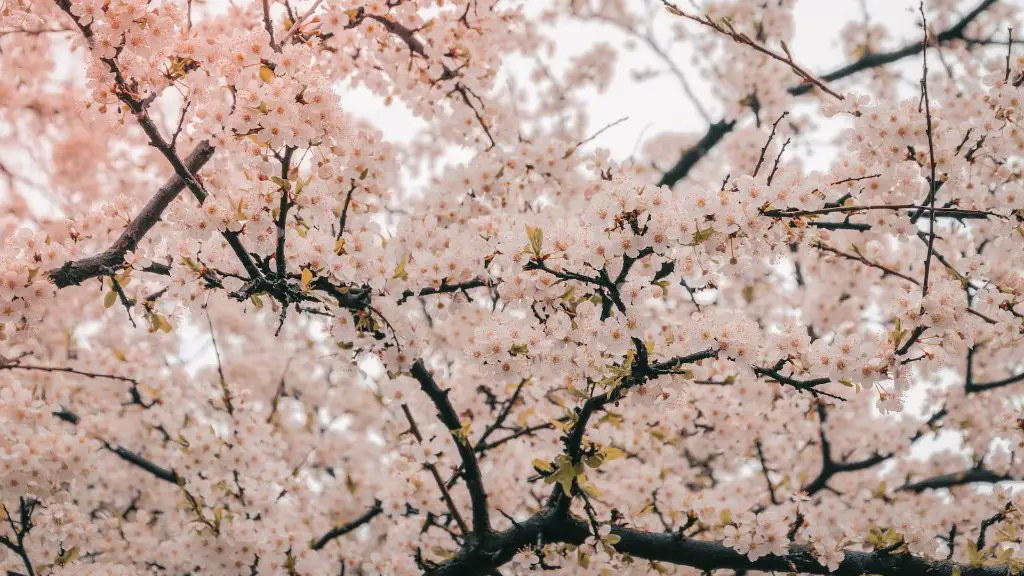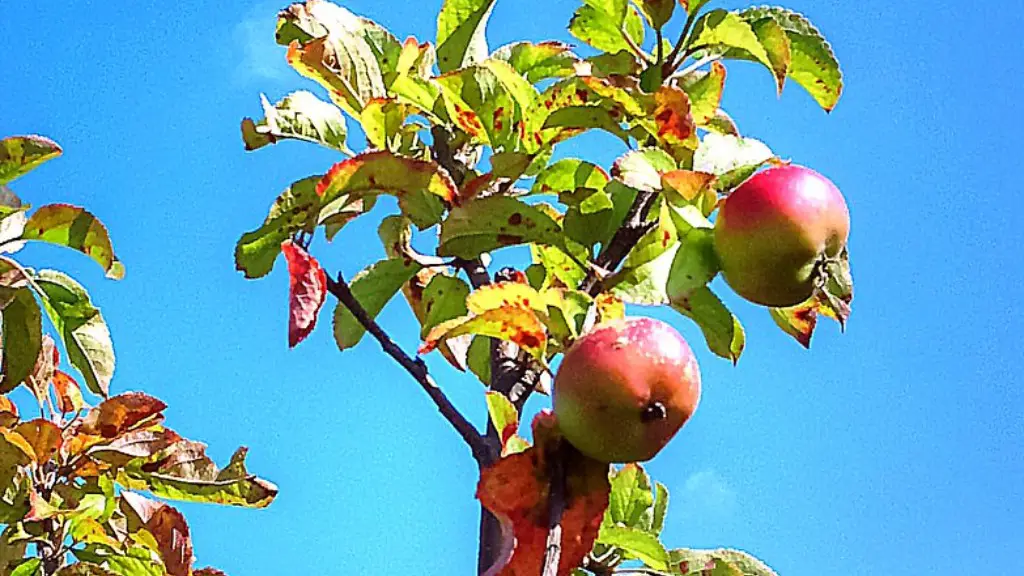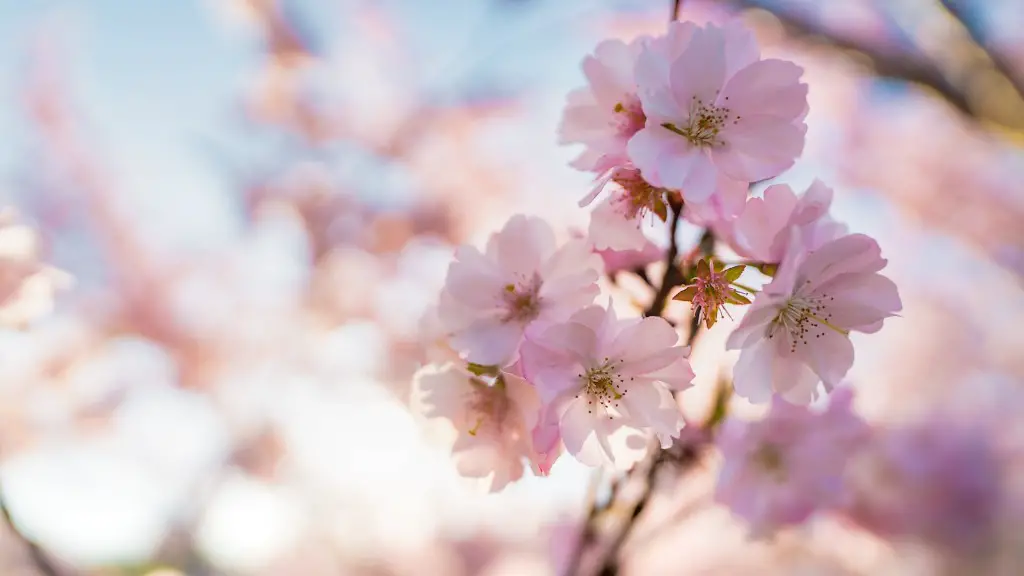History and Background
The cherry laurel tree, also known as Prunus laurocerasus, is a flowering tree with an ancient lineage. It is thought to have originated in Turkey and Iran where the trees were valued for their beauty and for their ability to provide shade. It has been mentioned in various writings since the first century A.D. and has been cultivated for centuries. The cherry laurel tree is a member of the rose family and has glossy, green leaves, creamy white flowers and small, black fruits. The fruits are not edible, but they are attractive and provide a show of color in the autumn.
Uses
The cherry laurel is a popular landscape tree due to its hardiness and adaptability. The tree will grow in a variety of soils, prefers full sun and moderate water, and can tolerate drought. The cherry laurel tree can be used as a hedge, screen, or background plantings, reaching heights of up to 40 feet and spreads of up to 30 feet. In addition, it is an attractive addition to formal or informal gardens as it has attractive leaves and its fragrant white flowers bloom from late spring to early summer.
Benefits
The cherry laurel tree is known for its resilience and hardiness. It requires minimal care and low maintenance and will thrive in either hot or cold climates. It is very tolerant of drought, pests, and disease, and can withstand strong winds and salt air. It is also noted for being easy to transplant and prune.
In addition, the cherry laurel is a fast-growing tree, adding up to 24 inches of height each year. The tree will not require frequent pruning, but should be trimmed as needed to control its growth. Pruning the tree will also promote a full and attractive canopy.
Environmental Benefits
The cherry laurel tree is highly beneficial to the environment, providing shelter and food for a variety of birds, mammals, and reptiles. It also creates a nice micro-climate and provides pollen and nectar for bees and butterflies. In addition, the tree is capable of reducing noise and filtering sun, making it an ideal choice for planted areas and residential areas.
The tree also has a positive aesthetic impact, creating an air of beauty, serenity, and peace. The cherry laurel creates a relaxing atmosphere, where birds can be heard singing and people can enjoy a pleasant, peaceful experience.
Risks
Despite its many advantages, the cherry laurel tree has some risks associated with it. The tree can be subject to some pest and disease, including root rot and scale. In addition, the fruits of the cherry laurel tree can be toxic to both humans and animals, so care should be taken when planting this species of tree.
Care and Maintenance
The cherry laurel tree should be deep-rooted and should be planted in well-fertilized and well-draining soil. The tree can be easily propagated through either stem cuttings or seed propagation, and new plants should be planted at least 10 feet apart.
The cherry laurel tree should be watered regularly, but avoid overwatering as root rot can occur. The tree should be pruned only as necessary, and pruned when there are no signs of pests or disease.
In terms of fertilizer, the tree should be fed with a good balanced fertilizer in April and June and should be mulched in the early spring to protect the roots. The tree should also be fertilized with a slow-release fertilizer in the fall.
Preservation
Other than sunlight and optimal moisture, the cherry laurel tree is fairly low maintenance and does not require any special care. There are, however, certain steps one can take in order to preserve the longevity of the tree.
Since the cherry laurel tree has a shallow root system, it is important to water the tree on a regular basis, especially during dry times. Additionally, the tree should be pruned to remove deadwood and maintain a strong, healthy form.
It is also important to keep the tree free from pests and disease. To prevent pest and disease, one should use an appropriate insecticide and fungicide. In addition, the leaves should be cleared from the surrounding area, as this will help to reduce the spread of disease.
Pruning
Cherry laurel trees should be pruned to maintain a strong structural form and can be pruned to provide a formal or informal look. Pruning the tree will also encourage new growth and will maintain the desired shape.
It is important to prune the tree when it is young. Light pruning should take place when the tree is first planted and should be done every fall, removing any broken branches or deadwood. Heavy pruning should be done in late winter or early spring, leaving only a few healthy branches and eliminating any crowding or unproductive branches.
When pruning, it is important to make clean cuts. Use sterilized shears and make cuts just above a node, which is the area where new growth comes from. Do not remove too much of the tree at any one time, as this can weaken the structure of the tree or cause damage to the roots.
Mulching
Mulching is an important part of caring for the cherry laurel tree. Mulch helps to keep weeds away, conserve moisture and protect the tree from extreme temperatures. When mulching around a cherry laurel, use natural materials such as pine needles, wood chips, bark or leaves.
It is important to keep the mulch from touching the tree’s trunk as this can cause bark rot and structural damage. Additionally, use an organic, nutrient-rich mulch for the tree and be sure to spread it about two to three inches away from the trunk and to keep a few inches between the mulch and the soil surface.
Harvesting Fruits
The cherry laurel tree produces small, black fruits, which are not edible. The fruits are attractive and can be harvested to use in floral arrangements or decorations. The fruits should not be harvested until they are fully ripe and have fallen to the ground.
When harvesting the fruits, it is important to use caution and use gloves and protective clothing. This is because the skin of the fruits is slightly acidic and may cause a skin reaction in some people. It is also important to avoid eating the fruits as they can contain small amounts of cyanide, which is toxic.
Conclusion
The cherry laurel tree is an attractive and resilient tree with many benefits and uses. It is an ideal choice for both ornamental and formal gardens, and can provide shelter, food, noise reduction and air filtration for wildlife. The cherry laurel requires minimal pruning and maintenance and can be easily propagated and transplanted. While the fruits can be visually appealing, they should never be eaten, as they can contain small amounts of cyanide. With appropriate care, the cherry laurel tree can be an attractive and beneficial addition to any landscape.


